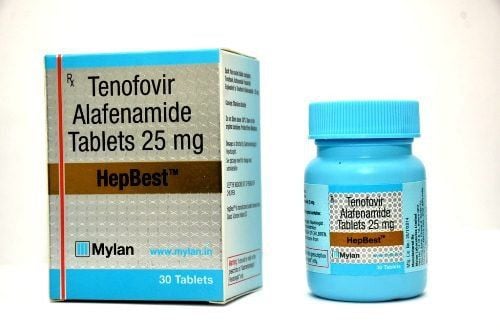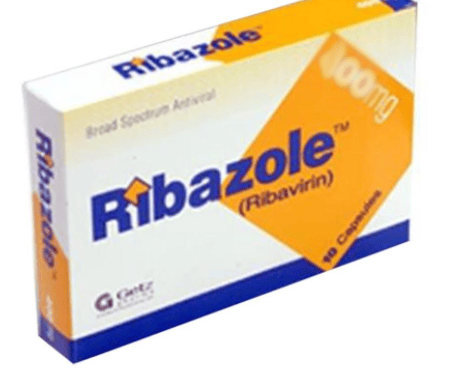This is an automatically translated article.
There is an outbreak of hepatitis in children and the cause is unknown. Causes, such as hepatitis A, B, C, D and E, were considered but no association was found. Investigators have also ruled out a possible link to the COVID-19 vaccine. Now, researchers have this time the inflammatory disease in children may be related to adenovirus.1. Hepatitis in children is breaking out in the world
Health officials are searching for clues as a puzzling outbreak of a serious liver disease affects young children in Europe, North America and Asia.Worldwide, there have been about 200 cases, 17 liver transplants and one death related to "acute hepatitis of unknown cause", the World Health Organization announced on the 28th. April 2022.
The first cases of the disease were recorded in the UK, where the majority of cases have been identified. The outbreak has since spread to at least 12 countries, including the United States, Canada and Japan.
On April 21, the US Centers for Disease Control (CDC) issued the Health Alert Network Notifying doctors and public health authorities of a cluster of cases of childhood hepatitis of unknown cause in Alabama. In November 2021, a major hospital here informed the US CDC that it had seen 5 children with significant, unexplained liver damage. Three cases of acute liver failure. By February, the hospital had identified four more patients.
Age of sick children from 1 month to 16 years old. To date, no test has been positive for known hepatitis A, B, C, D, or E viruses, suggesting a new pathogenesis.
Viral hepatitis is diagnosed by excessively high levels of liver enzymes. Medical professionals are busy trying to determine the cause of the outbreak. The UK Health Security Agency (UKHSA) said in a meeting that although unconfirmed, there is evidence that a common virus, adenovirus, may be involved in the hepatitis outbreak in the UK. children this time.
According to medical professionals standard symptoms of hepatitis in children include:
Fever Fatigue Anorexia Nausea Vomiting Abdominal pain Dark urine Pale colored stools Joint pain Jaundice Anupama Kalaskar, a pediatric infectious disease specialist at Minnesota Children's Hospital in Minneapolis, said they are learning more about cases of acute hepatitis in children and trying to understand any similarities in the disease. cases can help us identify them sooner. Some common symptoms that have been reported in known cases are diarrhea and jaundice in the absence of fever. Diarrhea is a fairly common symptom in children and can be associated with a number of infectious causes, including many viruses, as well as non-infectious causes.
Dr. Kalaskar adds that jaundice is a rarer symptom. So any child with diarrhea and jaundice should be seen for evaluation.
According to the World Health Organization, a strain of adenovirus called F type 41 has been detected in more than 70 cases of hepatitis in children. Although adenovirus is a possible hypothesis, investigations are still underway to find the causative agent.
As the medical community is monitoring new cases, the number of affected children is expected to increase as more cases have been reported in Ireland, Spain, Israel and other countries other.
2. Adenovirus may be associated with hepatitis in children
Health officials in the United Kingdom notified the World Health Organizationon April 5, out of 10 cases of severe acute hepatitis in central Scotland. One case occurred in January of this year, and the rest were reported in March. By April 8, the number of cases had increased to 74. Several cases of adenovirus infection have been identified.
There is no consistent association with SARS-CoV-2, although some children have tested positive for it.
With the presence of adenovirus F type 41 reported in many affected children, this virus is currently the medical community's best clue as to the origin of hepatitis.
However medical professionals are still learning more about what exactly led to the known cases. It is true that a specific strain of adenovirus (41) has been identified in the majority of cases, but whether this can cause the disease is unknown. More investigations including checking and identifying one virus and another will be needed to help establish a connection.
More than 100 types of adenovirus have been identified to date, they are common pathogens in humans mainly affecting the eyes, respiratory tract and intestines, but they can also cause liver and urinary tract diseases. and adenoid glands (dometrial tonsils). Adenovirus type 40 is associated with worldwide diarrhea and diarrhea mortality in children.
According to Dr. Kalaskar, mysterious illnesses like these are not common, and it can take some time to notice a disease pattern in cases if they do not occur within a short period of time. In the case of these newly reported illnesses, the Alabama cases occurred over a five-month period, and it is clearer that this is an unusual disease.
We will need more research to be able to identify potential causes, recognize and diagnose earlier. Before doing that, we need to be careful, when the child has suspicious symptoms, you need to take the child to a medical facility for proper examination, examination and treatment.
Please dial HOTLINE for more information or register for an appointment HERE. Download MyVinmec app to make appointments faster and to manage your bookings easily.













